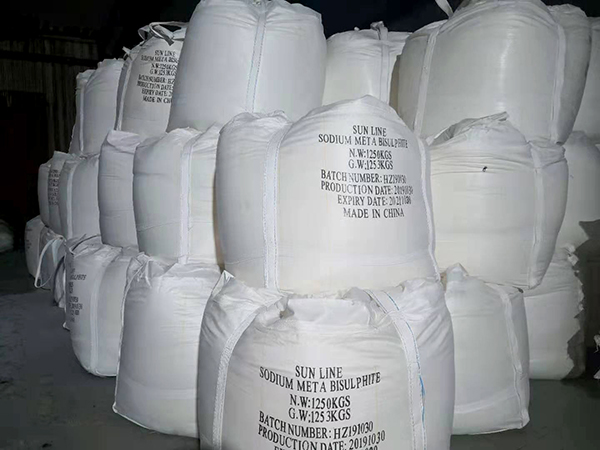Effect of Neutralization Reaction Speed on the Treatment Effect of Sodium Sulfite Production Wastewater
Effect of neutralization reaction rate on the treatment effect of sodium sulfite production wastewater:
In a 250 mL three-necked flask, 30 mL of saturated sodium carbonate solution was added, and wastewater was added dropwise at different rates. Experiments show that the speed of dropping people is fast (that is, when the flow rate is large), the local reaction is too fast, and the exhaust gas SO2 is released together with the CO2 gas, causing secondary pollution; if the speed of dropping people is slow, the reaction time is long and the efficiency is low. The drop rate is 0.2 mlMs, which is more suitable, at this speed. The reaction rate is moderate and controllable, and the time is not too long.
How to compare the concentration of ions in sodium bisulfite
NaHSO3 It is a strong alkaline weak acid salt, it can be hydrolyzed and ionized, but its ionization is greater than hydrolysis, and the solution is acidic.
Hydrolysis equation: HSO3-+H2O<=>H2SO3+OH- (hydrolysis is alkaline)
Ionization equation: HSO3-<=>H++SO32- (ionization is acidic)
Because its ionization is greater than hydrolysis, the solution is acidic.
There is also water ionization in the solution: H2O<=>H++OH-
Therefore, its ion concentration is: C(Na+)>C(HSO3-)>C(H+)>C(SO32-)>C(OH-)

